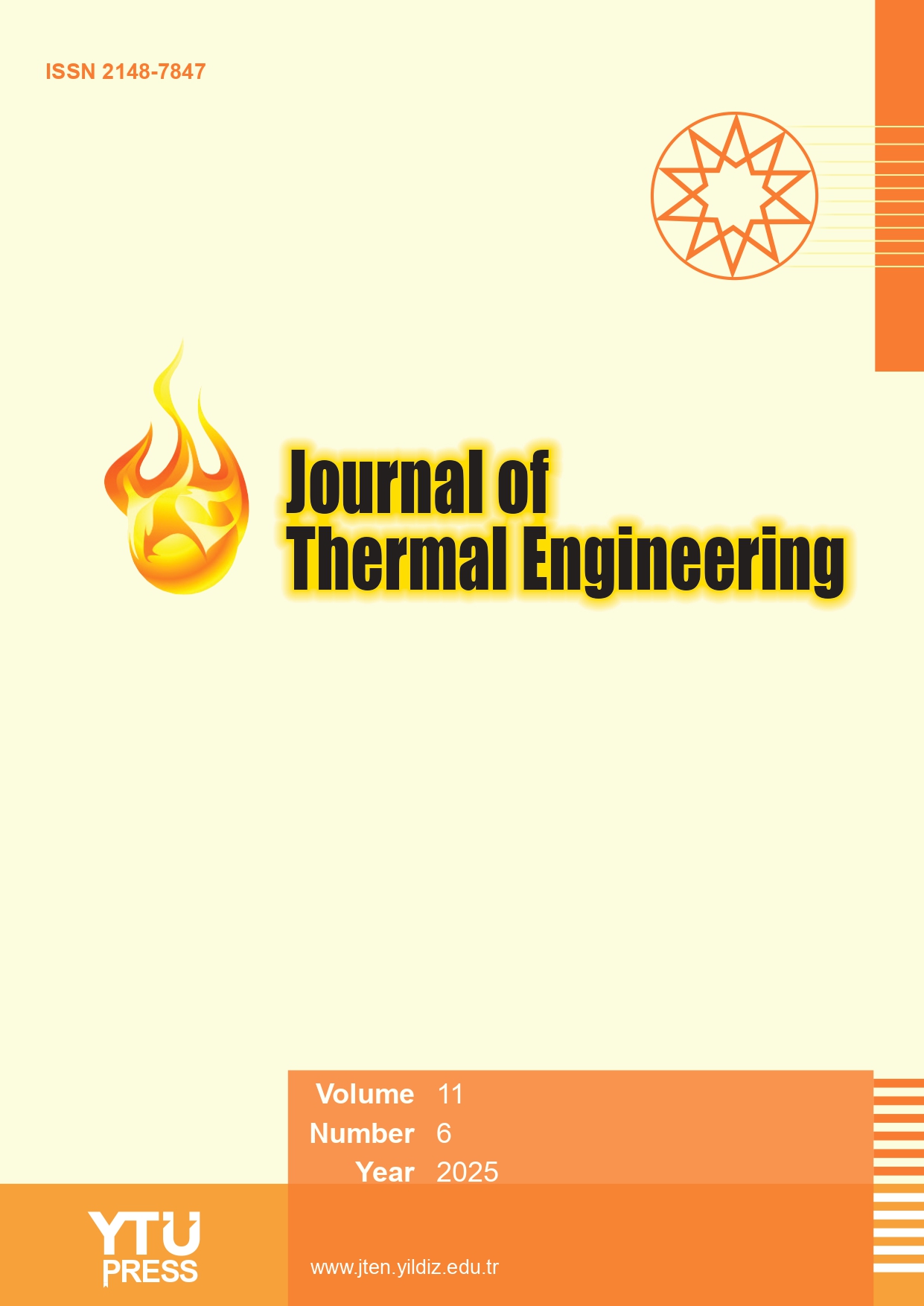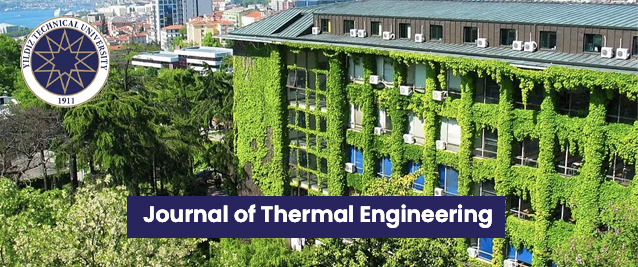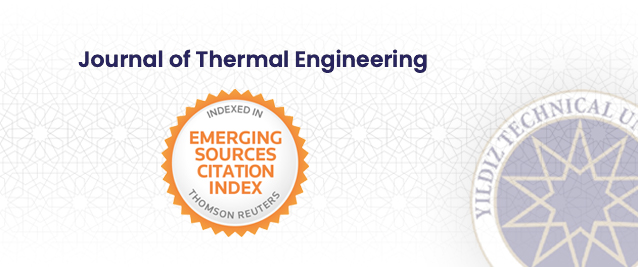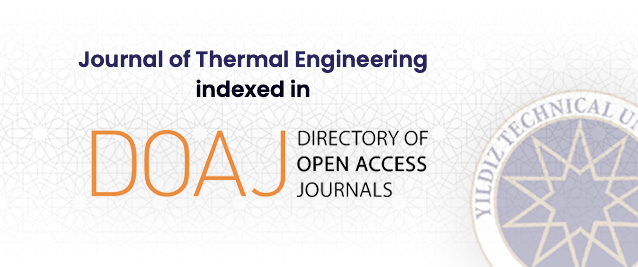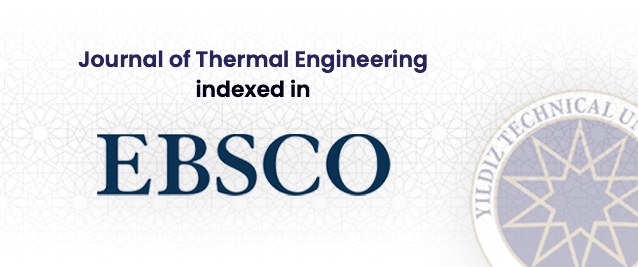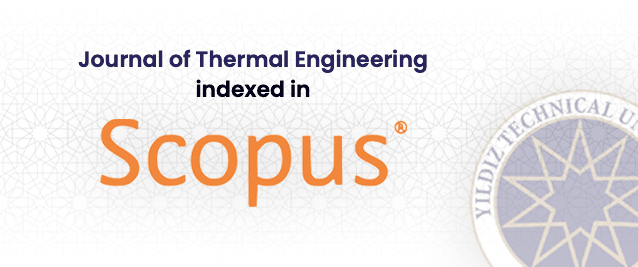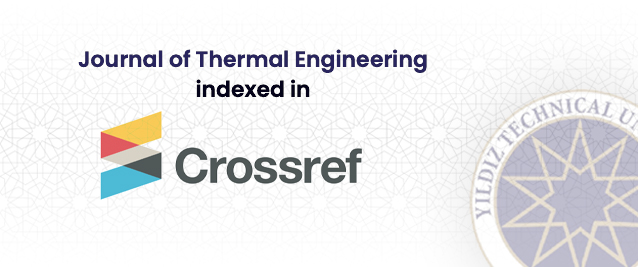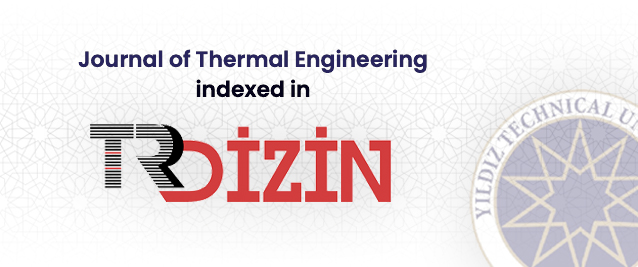2Department of Mechanical Engineering, NIT Andhra Pradesh, Tadepalligudem, 534101, India
Abstract
In this study, various roughness geometries on the absorber plate are examined to analyze their effects on fluid flow and heat transfer characteristics, focusing on parameters like the Nusselt number and friction factor. These geometries were examined in solar air heaters with triangular passages. The modified duct with different artificial roughness geometries is compared with a conventional triangular duct. In contrast to a smooth SAH, an increase in Nusselt number of 7.42 times and friction factor of 6.12 times is observed. With the increase of Reynolds number from 4000 to 20000, average Nusselt number and thermal performance parameters are increased in the case of semi-circular rib by 15.23% and 16.23% compared with the other roughness elements. The frictional penalty is decreased by 23.43% at maximum Re compared with the other roughness elements. The increase in frictional losses at lower Reynolds numbers is attributed to the reduced velocity of the airflow. Also, using semi-circular intrusions as artificial roughness, the Nusselt number value increases considerably, proving our innovation’s capability. It is discovered that the suggested SAH with square and rectangular shaped rib performs better than traditional SAH under comparable shaped roughness components. However standard SAH is a superior choice for other roughness geometries.


